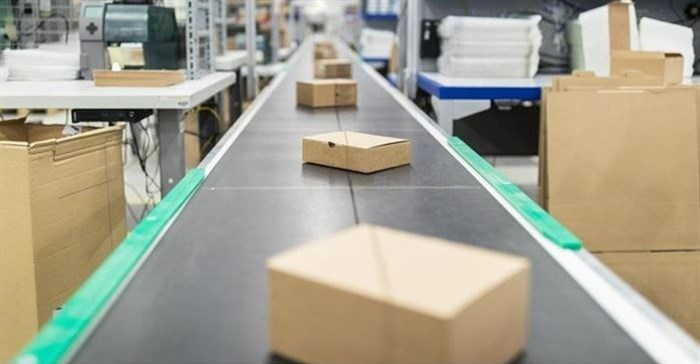How tech can serve retailers facing pressure to innovate

One key thing that emerged is that consumers want to shop their way. Mobile app ordering has been put in the spotlight with the likes of Mr D Food, Uber Food, Checkers 60, Pick 'n Pay ASAP!, Woolworths, and countless others providing shoppers with digital platforms designed to help realise the long-envisioned promise of an omnichannel experience. Even in South Africa, the in-store experience must be enhanced with digital alternatives that are more convenient and easier to use.
According to the Zebra study, 69% of shoppers prefer a blend of in-store and online shopping. This breaking down of the physical and online boundaries has become increasingly important in retailers’ quest to create competitive advantage. Even sales associates have come to rely on a more integrated environment to address inventory concerns, manage pricing, and help augment how they work to deliver a more seamless shopping experience.
From a decision-maker point of view, retail leaders are looking at optimising warehouse and fulfilment solutions as e-commerce becomes part of the modern shopping environment. In fact, eight out of 10 executives have indicated that they will increase spending on IT, omnichannel solutions, and store staffing within the next year to meet shopper expectations better.
Shopping convergence
Online shopping must be seen as an extension of the brick-and-mortar environment. Zebra has found that 67% of shoppers prefer to shop at online retailers with physical store locations. This talks about the importance of providing a 'blended' experience where the modern consumer wants a blend of in-store and online shopping.
However, this converged environment that blends shopping channels presents a distinct challenge to retailers who have historically managed brick-and-mortar and e-commerce fulfilment as separate tasks.
As alternative fulfilment streams like BOPIS (buy online pickup in-store), curbside pickup, delivery to other stores and same-day home delivery have become increasingly popular. Retailers must overcome the operational complications this level of integration demands of their more traditional environments.
Of course, online is more than just about more convenient shopping. Half of the respondents in the Zebra report state they are using digital to help research product prices, while 31% of shoppers say they use online apps as a way of checking inventory for a specific product before visiting a store.
This illustrates the importance of inventory visibility to shopper satisfaction. It helps connect shoppers to what they want and gets them in the door in the first place. Without knowing ahead of their visit whether their desired item is in stock, many shoppers may simply never visit the store. And if an item search indicates a product is in stock, then it better be there when a customer arrives.
This makes it challenging for decision-makers, especially when maintaining real-time visibility of stock levels. According to Zebra, sales associates feel the effects of inventory issues as out-of-stock rank as their top complaint.
Realising fulfilment
The knock-on impact of this when it comes to fulfilment cannot be ignored. The research illustrates that retailers are running into significant challenges when it comes to effectively managing BOPIS or curbside services. According to sales associates working in stores with pickup options, long wait times, out-of-stocks, and customer timeliness or no-shows are among the top problems encountered with store pickup.
Despite these issues, shopper demand for pickup and drive-up options continues. Though 73% of shoppers prefer to have their purchases delivered to them, 60% expect retailers to let them pick up items in-store, curbside or in another location such as a locker or kiosk. Even so, the online and in-store experience still matters most to modern shoppers.
Alongside out-of-stock complaints, the biggest frustrations of retail associates working in in-store sales or customer support roles include customer requests like price checks and requests for product information (33%), which can derail associates on the floor from the task at hand. Many associates also feel they have too little time to help customers because they’re occupied with other low-level tasks.
This is where implementing advanced technologies to help alleviate these bottlenecks becomes crucial. For instance, real-time inventory visibility, workforce scheduling software, task management software, and artificial intelligence are some technologies used to overcome retail challenges and deliver a less disruptive shopping experience.
Employees must feel confident using these solutions and devices while delivering the necessary omnichannel environment. These, in combination with experienced employees, will contribute significantly to building trust with shoppers. Meanwhile, gaps will remain, especially if sales associates are not taught how to use new technologies to enhance their work.
However, the retail environment has changed irrevocably. It is about embracing the new normal and leveraging advanced technologies to meet digitally-driven shoppers' expectations.















